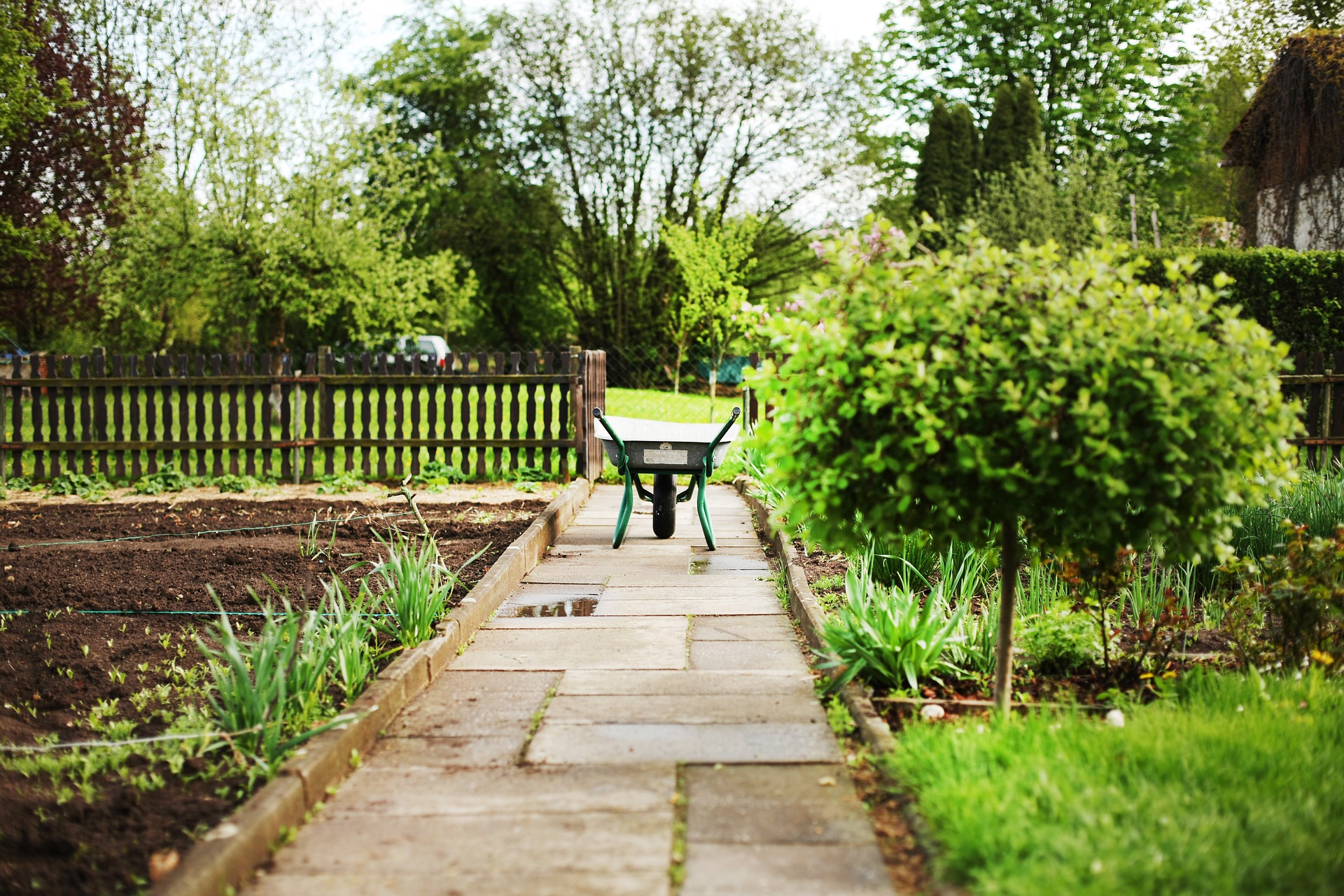Year-round pruning schedule for healthy shrubs and trees
Pruning throughout the year keeps shrubs and trees structurally sound and resilient, while supporting flowering, fruiting and habitat value. A predictable schedule tied to species, growth habit and local climate helps you time cuts to reduce disease risk, conserve soil moisture and promote biodiversity. This overview provides seasonal guidance for common landscape plants and links pruning to planting, mulching, irrigation and long-term sustainability.

How does pruning fit into landscaping?
Pruning is a core maintenance task in any landscaping plan because it influences form, light penetration and safety. Regular pruning shapes shrubs and trees to complement adjacent perennials and planting beds, helps managers plan irrigation runs efficiently, and reduces the need for corrective cuts later. Thoughtful removal of dead or crossing branches improves airflow and lowers disease pressure, which can reduce water demand and support a more resilient landscape in drought-prone areas. Incorporate pruning into annual maintenance calendars alongside mulching and composting activities for integrated soil and plant care.
When to prune perennials, shrubs and trees?
Timing varies by species and desired outcome. Many spring-flowering shrubs and perennials are cut after bloom to avoid removing next year’s flower buds, while most summer-flowering shrubs can be pruned in late winter or early spring. Deciduous trees often benefit from structural pruning in late winter while dormant; avoid heavy crown thinning in high-sap species during vulnerable growth periods. For perennials, trim spent foliage in late winter or early spring to encourage fresh growth. Local climate and specific growth habits will refine the schedule, so check plant labels or consult local services for recommendations in your area.
How do mulch and composting affect soil and pruning outcomes?
Applying a layer of mulch and incorporating compost improves soil structure and nutrient cycling, which supports healthier regrowth after pruning. Mulching conserves soil moisture and moderates temperature, reducing stress that can exacerbate pruning wounds, especially during drought. Composting prunings where appropriate returns organic matter to beds and supports biodiversity in the soil food web. Keep mulch a few inches away from trunk bases to prevent rot, and use pruned material responsibly—chipping for mulch or adding disease-free trimmings to a hot compost pile can close the loop on sustainable yard care.
What irrigation or drought factors should influence pruning?
Irrigation timing and drought conditions should shape pruning intensity. During drought or heat stress, delay heavy pruning because removed foliage reduces a plant’s ability to shade roots and conserve water. Light corrective pruning can be done year-round, but conserve major cuts for moist, cooler periods to encourage steady recovery. Adjust irrigation after significant pruning to ensure adequate moisture for new shoots; conversely, avoid overwatering pruned plants, which can promote weak, leggy growth. Coordinating irrigation schedules with seasonal pruning supports long-term plant vigor and reduces water waste.
Can pruning support pollinators, natives and habitat?
Pruning choices affect pollinator resources and habitat value. Leaving some seed heads and deadwood through winter can provide food and shelter for pollinators and native wildlife; however, balance this with safety and plant health needs. When managing natives, prune to preserve natural forms and the seasonal cues insects rely on for nesting and foraging. Selective pruning that preserves flowering structures or staggers bloom times across plantings enhances habitat continuity and biodiversity. Integrating pollinator-friendly pruning practices strengthens ecosystem services in residential landscapes.
How to schedule pruning for long-term sustainability?
A year-round approach balances light shaping, seasonal bloom retention and risk reduction. Winter dormancy is ideal for structural pruning and removing hazardous limbs; spring and summer address deadheading, light thinning and maintenance after flowering. Maintain a pruning log to track interventions, observed pests or disease, and responses to mulch, composting and irrigation adjustments. Prioritize minimal, targeted cuts that support plant architecture and longevity rather than frequent heavy trimming. Sustainable pruning emphasizes plant health, soil care and habitat enhancement rather than purely aesthetic goals.
Conclusion A consistent, species-aware pruning schedule supports healthy shrubs and trees while linking directly to soil management, mulching and irrigation decisions. By aligning cuts with bloom cycles, drought conditions and habitat goals, gardeners and landscape stewards can enhance biodiversity and long-term resilience. Integrating composting and careful mulching further promotes recovery after pruning and contributes to sustainable planting and maintenance practices.





